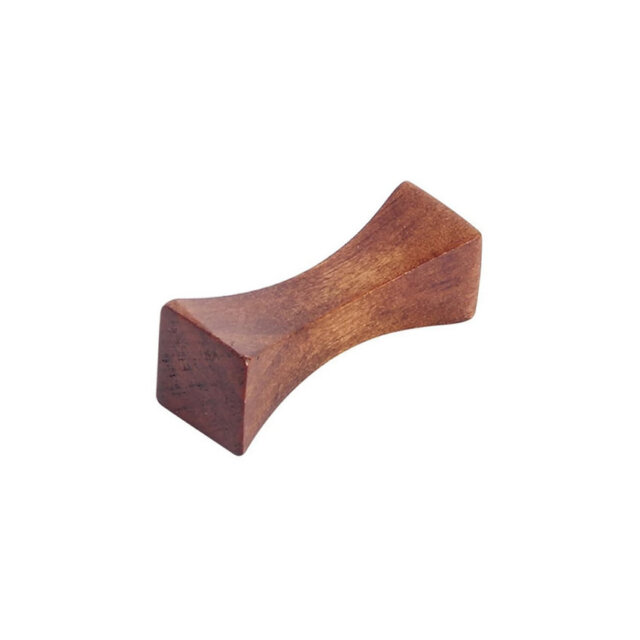Subtotal: $3.80
Free Shipping Australia Wide, All Orders Over $150
Free Shipping Australia Wide, All Orders Over $150





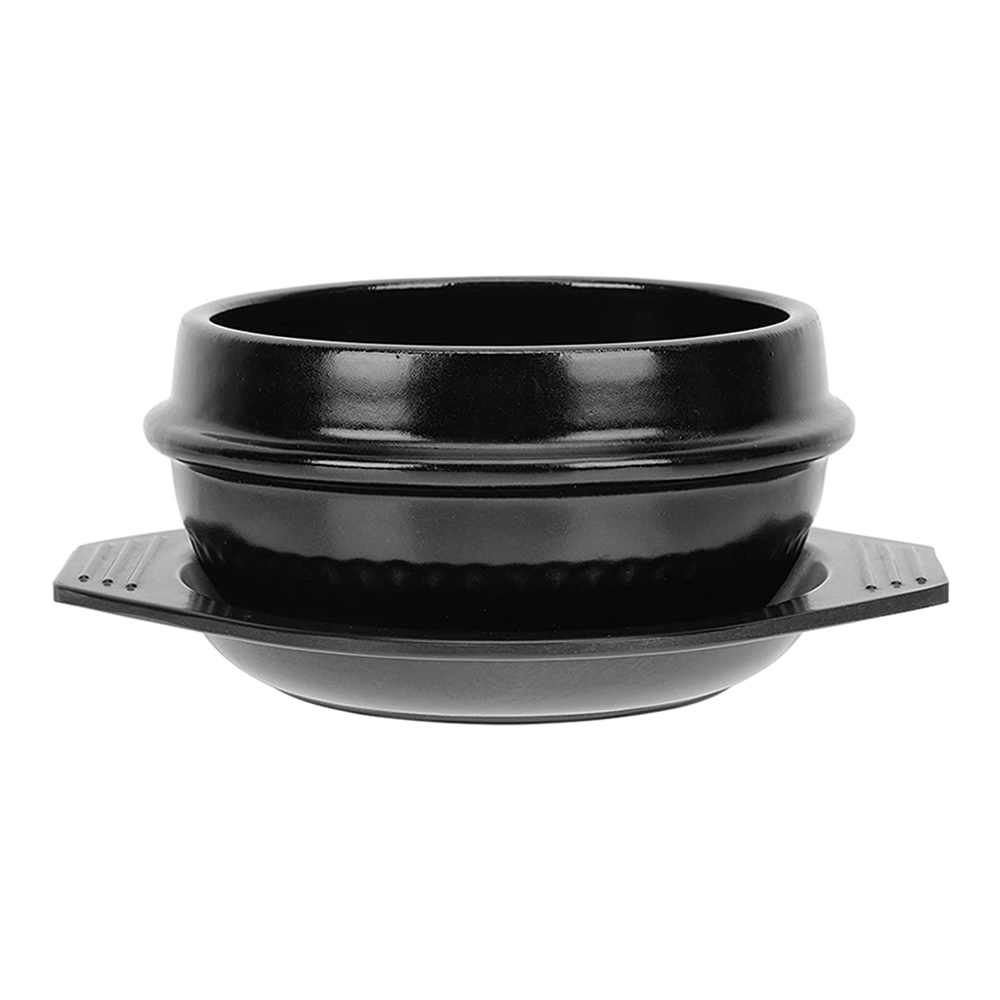
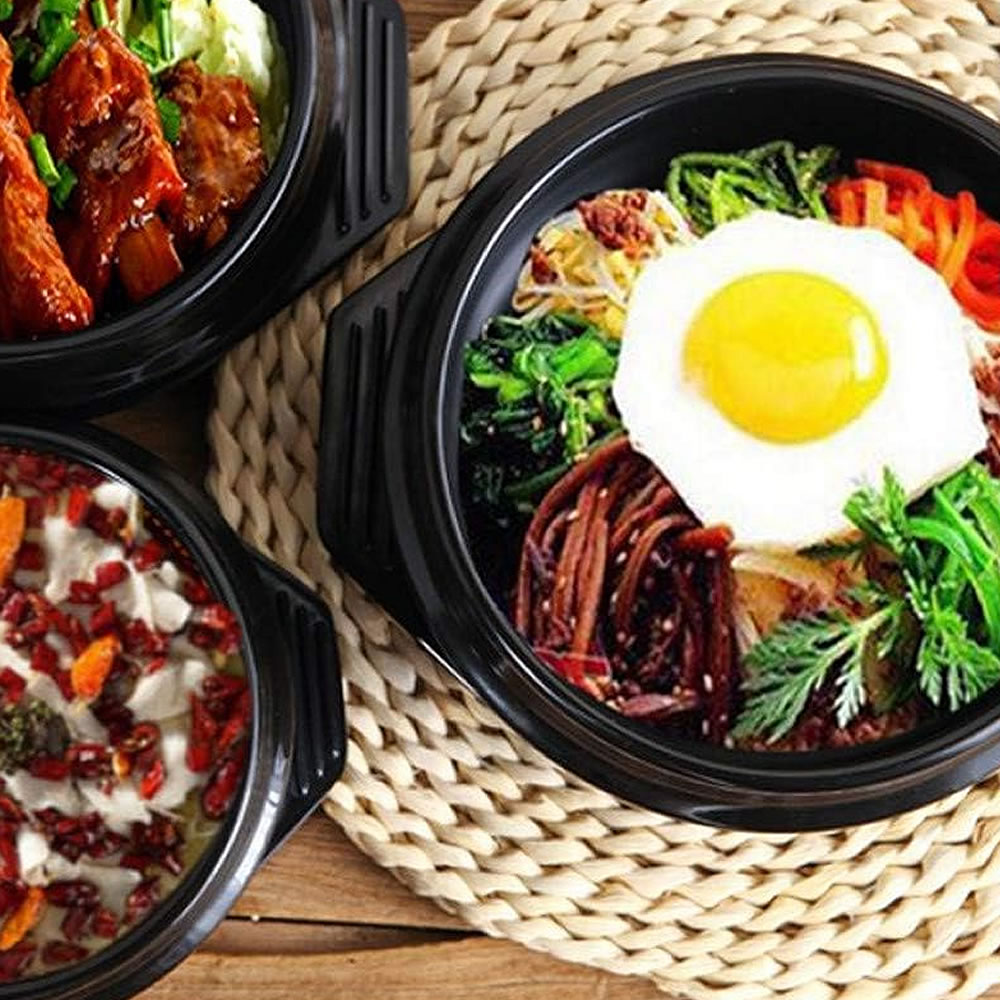
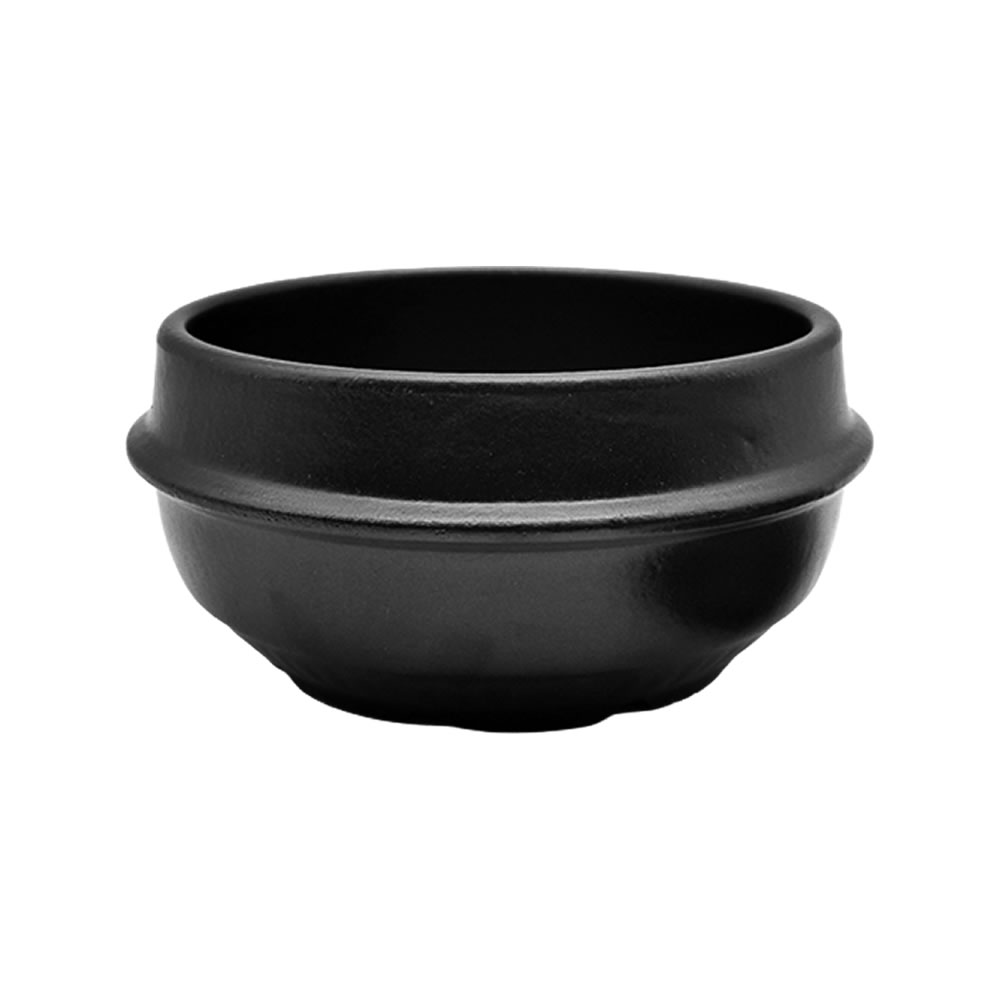
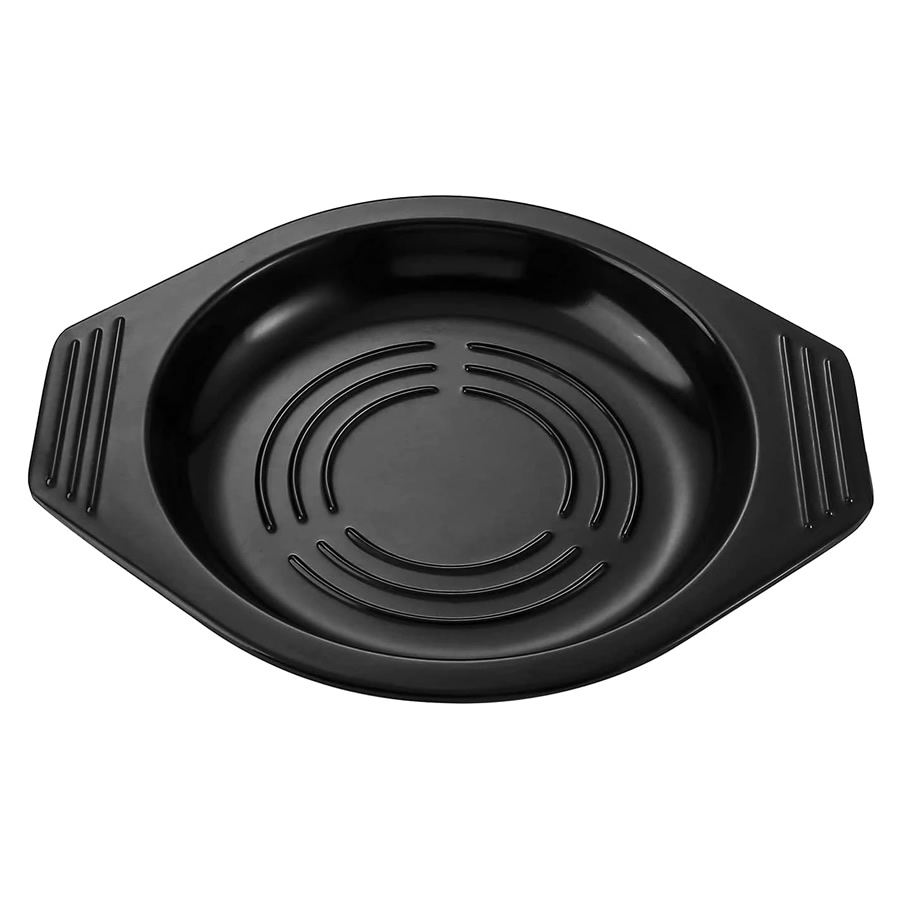
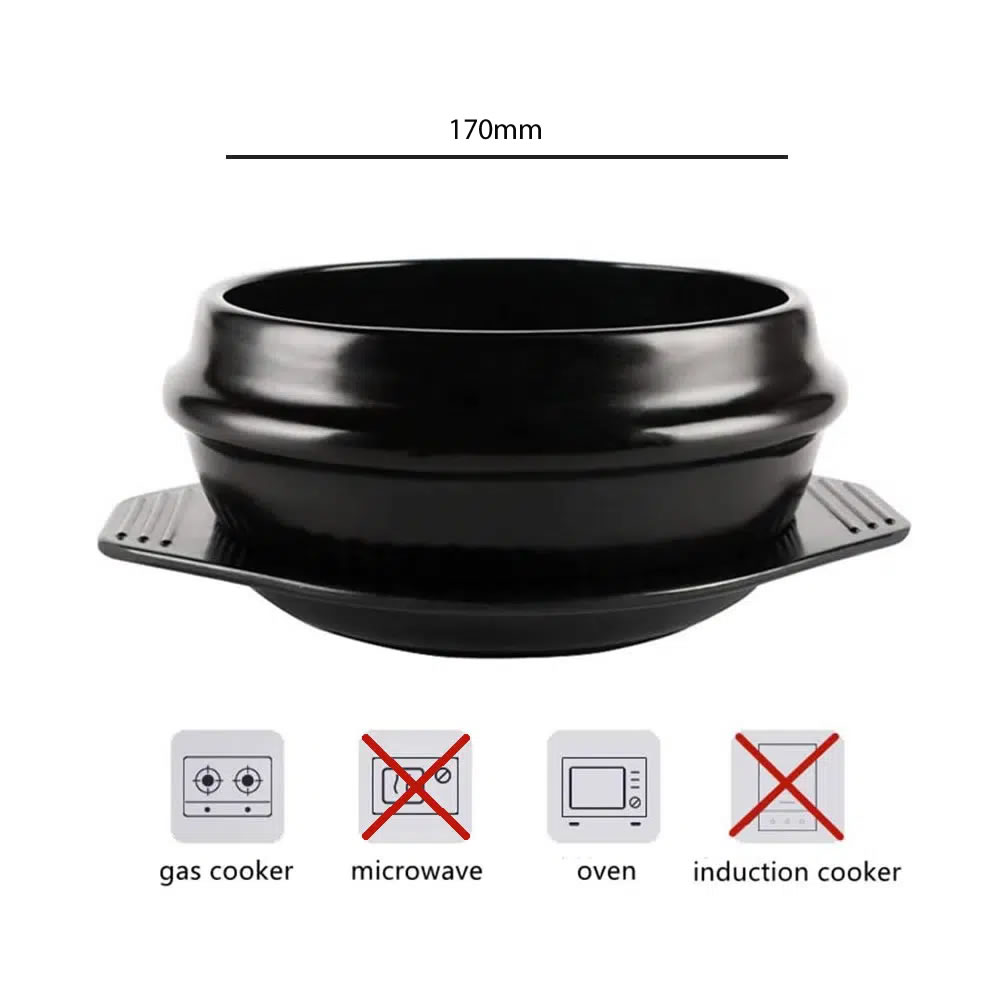
$19.80 – $26.80 inc. GST
The Ceramic Ttukbaegi Pot, a dolsot pot often seen in Korean restaurants, is a lightweight, essential for serving stews and soups. Crafted from natural clay for heat retention it enhances flavors and delivers authentic Korean cuisine.
Designed for low to moderate heat, it’s perfect for cozy meals or family feasts. With its spacious interior and optional trivet, this versatile pot ensures evenly simmered dishes every time, making it a beloved kitchen staple.
The Ttukbaegi Pot, an iconic vessel in Korean culinary history, showcases the artistry and heritage of Korea’s cooking traditions. Crafted from natural clay, it connects users to the country’s cultural tapestry, passed down through generations. With excellent heat retention and moisture-locking properties, it’s perfect for slow-cooking stews and soups, enhancing the authenticity of Korean cuisine. This symbol of tradition and craftsmanship brings Korea’s culinary heritage to the modern kitchen. Discover more about using your Ttukbaegi Pot in the following article.
In Korea, the Ttukbaegi Pot is a commonly used cookware item that is renowned for its ability to produce rich and flavorful stews and soups. With its unique heat-retention properties and natural material, this pot offers a delightful cooking experience that enhances the taste and aroma of your favorite dishes. In this article, we will explore the art of using a Stone Ttukbaegi Pot to create mouthwatering stews and soups while highlighting some essential tips and techniques along the way.
The Ttukbaegi Stone Pot is made from earthenware clay and features excellent heat conductivity, enabling it to distribute heat evenly and maintain a steady temperature throughout the cooking process. It is important to note that this pot is not suitable for cooking dry foods at high heat for an extended period. Instead, it excels at slow and gentle cooking, making it perfect for soups, stews, and other liquid-based dishes.
Before your first use, it is recommended to season the Ttukbaegi Pot to enhance its performance and longevity. To season, soak the pot in water for a few hours, then drain and coat the inside with cooking oil. Heat the pot gradually, allowing the oil to seep into the clay. Once cooled, rinse the pot with warm water and let it air dry.
When using a Ttukbaegi Pot, it is crucial to prepare your ingredients and liquid base appropriately. Cut vegetables, meat, and other ingredients into bite-sized pieces for even cooking. Additionally, ensure your liquid base is well-seasoned with flavors such as soy sauce, garlic, ginger, and spices. The pot’s ability to intensify flavors will result in a rich and aromatic dish.
The pot excels at slow cooking techniques. Begin by placing your ingredients and liquid base in the pot, then bring it to a gentle simmer over medium-low heat. Allow the flavors to meld together as the ingredients cook slowly, resulting in tender and flavorful dishes.
While the pot is ideal for slow cooking, it can also be used for simmering and boiling. However, avoid boiling dry ingredients or leaving the pot on high heat for too long, as this may damage the pot or cause food to stick.
Once your dish has finished cooking, the Stone Pot will retain heat for an extended period. This feature keeps your food warm at the table, making it perfect for communal dining or serving dishes that require prolonged heat retention.
To ensure the longevity of your stone pot, it is important to follow proper cleaning and maintenance procedures. After each use, allow the pot to cool before washing it with warm water and a mild detergent. Avoid abrasive scrubbers or harsh cleaning agents, as they can damage the pot’s surface. Additionally, refrain from exposing the pot to extreme temperature changes, such as placing it directly on a cold surface after cooking.
The Ttukbaegi Stone Pot offers a delightful and authentic way to prepare hearty stews and soups. By understanding its unique properties and employing the appropriate cooking techniques, you can elevate your culinary creations to new heights. Remember, with a Stone Ttukbaegi Pot, slow and gentle cooking is the key to achieving delicious and flavorful results. So, grab your pot, gather your ingredients, and embark on a culinary journey filled with delightful stews and soups!
For more information visit wikipedia.com or view our Korean Collection which includes dolsot pots, sizzle plates and much more.
Katachiware tableware is known for its beauty and unique design, and proper maintenance and cleaning can help to ensure that the products that you purchase remain in good condition for a long time. In the following link we provide you with basic instructions on how to clean and maintain your Japanese style tableware. We will cover cleaning instructions for melamine products, ABS products with a painted finish, wooden products with a Urushi finish, ceramic items, and cast iron. Read more here: Product Care
| Weight | 1.5 kg |
|---|---|
| Availability | In Stock |
| Brand | Katachiware |
| Care Instructions | Dishwasher Safe |
| Colour | Black |
| Condition | New |
| Finish | Gloss |
| Made In | China |
| Material | Stoneware |
| Warranty | 12 Months |
| Pattern | Stone |
| Tray Type | Without Tray, With Melamine Tray |


